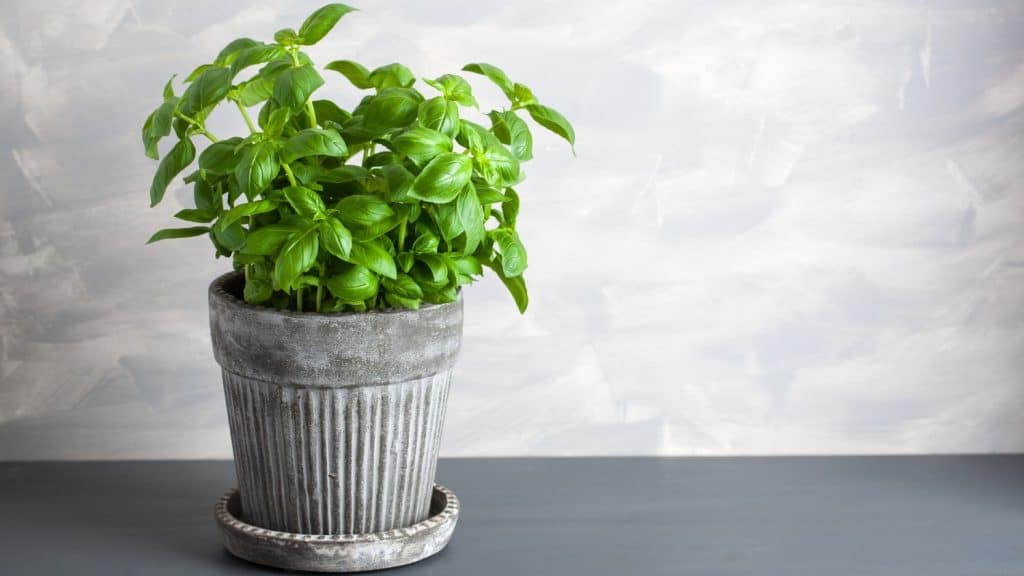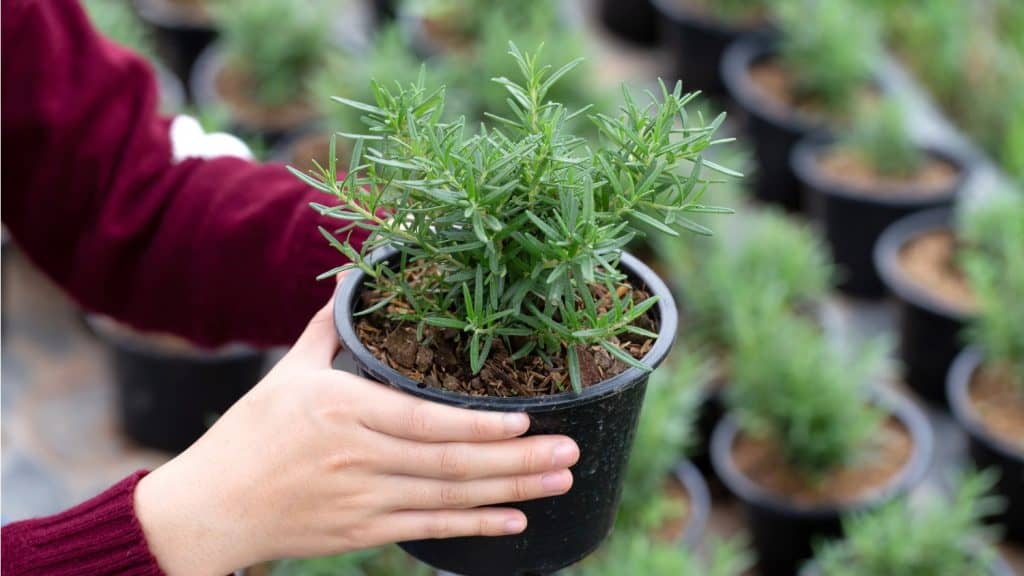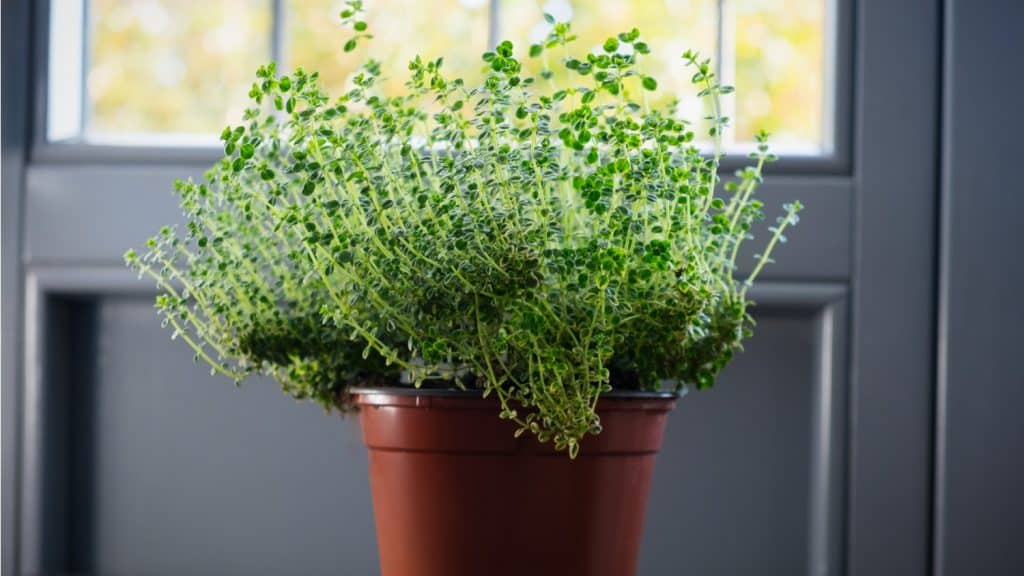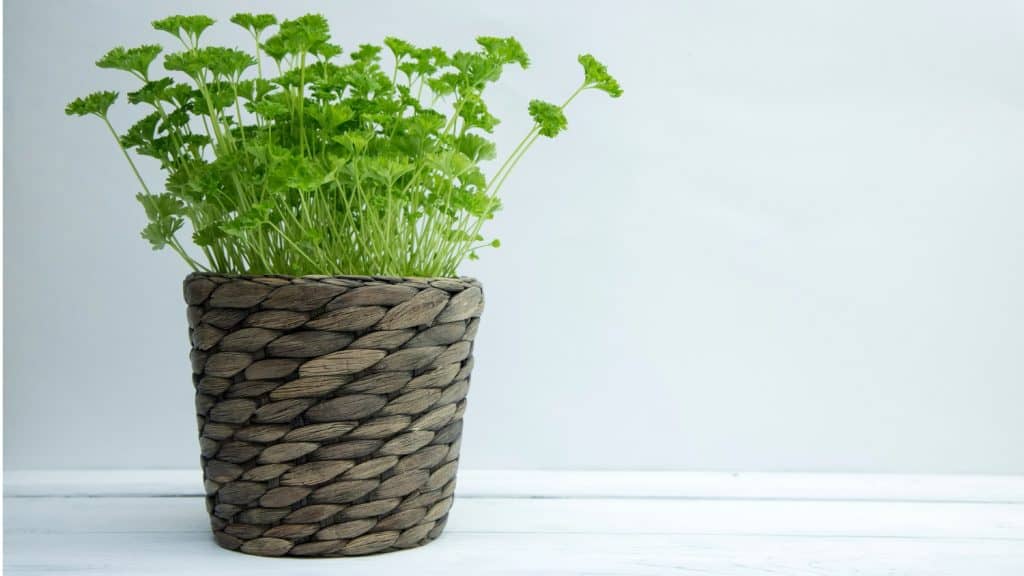
6 Herbs to Plant on Your Balcony or Small Garden
When you live in a city, you might not have much room for gardening. However, that doesn’t necessarily mean that you don’t have the space for it at all – your apartment probably has a patio, a balcony, a fire escape, or even a tiny concrete garden.
If that’s the case, you’ll only need the right tools and the knowledge of which plants are the most adequate choice for those who are tight on space – here’s мъ list of the best herbs you can plant in your small garden or grow on your balcony:
Basil

A native of tropical regions, basil is one of the best “summer herbs” and comes in many varieties, including Spicy Globe, Dolce Fresca, Nufar, Genovese, and others. As an annual warm-weather herb, it thrives when it’s grown in window boxes and pots.
While it’s true that some gardeners struggle with this herb, growing it is extremely easy as long as you’re able to provide it with plenty of sunshine and well-drained soil. And, just like most herbs, this one also responds well to periodic harvesting. Even when it’s trimmed back, basil will continue to push out fresh growth.
As such, it is easily one of the best plants of this type for container gardening. Just don’t forget to pinch off all of its flower buds if you don’t want its leaf flavor to decline.
Rosemary

Rosemary is well-known for the depth of flavor it adds to chicken and potato dishes. This woody shrub with needle-like, fragrant leaves is a native of the Mediterranean region. However, rosemary fares quite well in cooler climates too, and after all, growing it in pots means that you can easily bring it inside once the day starts to cool down.
There are a lot of cultivars of this herb, but most of them tend to grow upright. The ones that cascade down are ideal for the edges of planters and pots. In my opinion, the best varieties are Arp (quite tolerant to cold) and Gorizia (an upright variety with sizable leaves).
The most important thing you need to know about rosemary if you’re planning to grow it on your balcony or in your small garden is that you shouldn’t water it too much. While it’s true that this herb needs consistent moisture, you need to be very careful – the quickest way to kill it is by keeping its feet constantly wet.
Greek Oregano

This herb is a very enthusiastic grower in gardens – there’s no doubt about that. However, growing it in a pot is entirely possible and you can easily control the herb’s growth.
The small leaves of the Greek oregano are packed with flavor, and that’s precisely why it’s ideal for adding to marinades and vinaigrettes as well as topping bruschetta and pizza. This particular variety of oregano provides the best flavor for dishes, but other cultivars (like Turkestan, Mexican, or Syrian oregano) are just as great when it comes to culinary uses.
Greek oregano can be planted from a cutting, from seed, or by dividing. If you decide to plant it from seed, make sure to plant it around five to six weeks before the year’s last frost.
Mint

One of the best things about growing mint in pots is that controlling its aggressive growth is much easier that way. Keep in mind that planting just a couple of sprigs of mint into a garden can easily lead to this plant overtaking the whole yard.
Just like all other herbs on this list, mint comes in many different varieties, such as, for example, spearmint, strawberry mint, mojito mint, chocolate mint, peppermint, apple mint, and many others. If you have a larger pot, you should definitely plant several of these cultivars into it at once.
Later, you’ll be able to add its leaves to your summer salads and drinks, but also to your winter tea. Just keep in mind that mint appreciates rich soil and ample moisture. A good idea would be to use one-third compost to two-thirds potting soil mixtures in your mint containers.
Thyme

As a drought-tolerant, low-maintenance herb that can take a bit of neglect, thyme is undoubtedly among the best herbs for balcony gardening. In addition, it looks absolutely dazzling when it’s planted at the pot’s frontal part (so that its leaves can mound over the pot’s edge) and combined with eye-catching glass pebbles.
Make sure to give your thyme a lot of sun. Also, don’t forget that, as a drought-resistant herb, thyme prefers dry soil, so try to avoid overwatering it. The best time to plant thyme is just when the weather starts to become warm, which is typically around three weeks before the last spring frost.
If you’re planning to use your small garden or balcony thyme for cooking, your best options are Lemon thyme and English thyme. The former variety is especially interesting, as it features variegated green and yellow leaves and a very pronounced lemon flavor and scent.
Parsley

Both the flat-leaved and curly parsley are absolutely fantastic when it comes to balcony growing, although they can do just as great in small gardens. In my opinion, curly parsley deserves a special recommendation – its unique leaf texture turns it into an attractive planting partner for summer bloomers like petunias and geraniums.
Just like mint, parsley is extremely easy to grow. Another similarity with mint is that parsley also requires regular feeding and moisture.
At planting time, make sure to mix in a slow-release organic fertilizer in order to keep your herb happy from spring to late fall. Finally, keep in mind that, while it can take a small amount of shading, parsley appreciates full sun.
How to Keep the Herbs Small and Prevent them from Spreading
To put it simply, the best way to keep your tiny garden or balcony herbs small is by pruning them often, as well as:
- Using small pots
- Keeping an adequate temperature: around 77°F (25°C)
- Using diluted alcohol solution (4-6%) to stunt their growth
- Trimming the tips of flowering herbs when they show new growth
- Keeping the herbs small and bushy by cutting the tips exactly above the first bud on every stem
Let’s Have a Conversation:
How big are you on home-grown herbs? Do you like to use them fresh? What herbs do you have on your balcony/small garden? How do you keep them small? Please share your best advice for growing herbs in containers!
Tags Gardening






